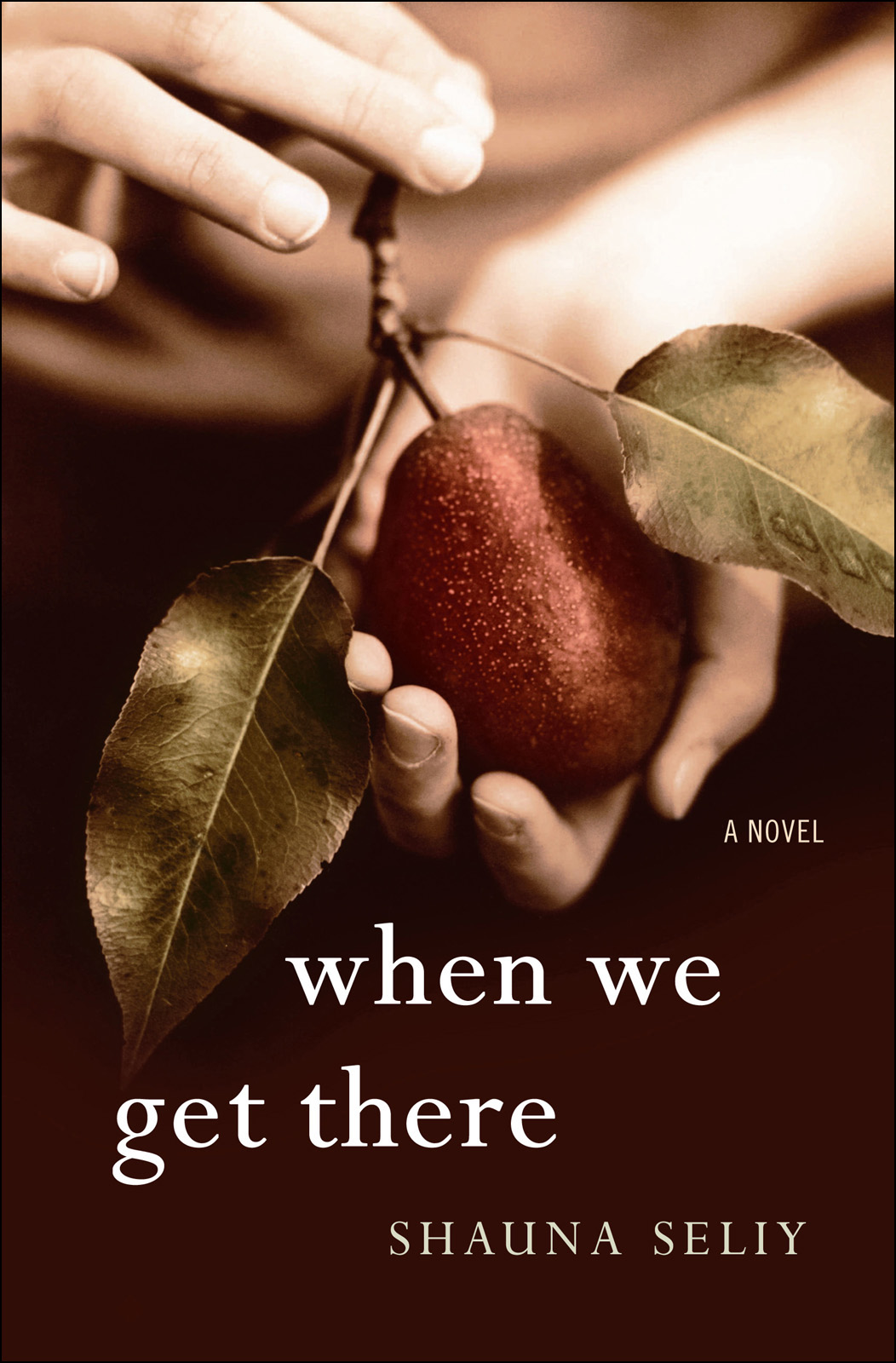
When We Get There
A Novel
فرمت کتاب
ebook
تاریخ انتشار
2008
Reading Level
3
ATOS
4.6
Interest Level
9-12(UG)
نویسنده
Shauna Seliyشابک
9781608190003
کتاب های مرتبط
- اطلاعات
- نقد و بررسی
- دیدگاه کاربران
نقد و بررسی

March 12, 2007
In her elegiac debut novel, Seliy explores one boy's coming-of-age over the course of a long, eventful, brutally cold winter. In 1974, 13-year-old Lucas Lessar's family lives in the shadow of one of western Pennsylvania's last remaining coal mines, King Mine in Banning. Lucas's father was killed there years ago; the mine is now about to be shuttered. As the book opens, Lucas's mother, Mirjana, who has been in "a long sleep" of grief and depression, has disappeared. Her suitor, Zoli, threatens Lucas to learn her whereabouts; anguished Lucas, who narrates, doesn't know and is protected by his close-knit extended family (of eastern European descent). Inspired mostly by his larger-than-life great-grandfather, Lucas sets out to find his mother and make her life better. He comes to recognize how loss—of his parents, but also of his immigrant family's work and ethnic identities—has shaped his life. Lucas is an authentic adolescent who, despite his anger (Zoli continues to rage, too) and taciturnity, develops empathy and transforms into a sympathetic young man. Suffused with close observations of family legends, superstitions and cultural traditions, Seliy's accomplished debut bids a bittersweet farewell to one way of life while anticipating promise down the road.

March 15, 2007
Lucas Lessar is essentially left an orphan after the death of his father in a coal-mining accident and the disappearance of his mother. Raised by his grandmother (known to all as Slats because of her long, gangly legs) and his extended Hungarian immigrant family, Lucas eventually sets out to find his mother so that he can redeem himself for not taking quick action when her castoff boyfriend set fire to the pear tree that symbolizes his family's hope. The teenaged Lucas has good intentions, but he lacks the grounding to make the right choices. Unfortunately, this novel about growing up does not display the flair of classics of the genre. The prose is ordinary, if not pedantic; the characters never seem to lift off the pages; and the pacing is slow and slightly off kilter. A purchase for regional collections where the setting and story of rural coal-mining communities are of interest.Caroline Hallsworth, City of Greater Sudbury, Ont.
Copyright 2007 Library Journal, LLC Used with permission.

Starred review from April 1, 2007
Before dying in an underground explosion, Lucas coal-miner father had a dream: he and his son, together, would find a special place in the Allegheny Forest called Hearts Content. But now Lucas, 13, has his own quest: to find his mother, whodeeply depressed by her husbands deathhas gone away, leaving the boy with his grandmother, Slats, and the stern admonition not to search for her. Might as well tell the sun not to rise in the east! But Lucas isnt the only one looking for his mother: Zoli, a possibly deranged local man, is also on her trail. All of this drama is played out before the richly textured backdrop of Lucas huge Russian, Croatian, and Hungarian family and the small western Pennsylvania mining community they inhabit. The word lovely might well have been coined for the express purpose of describing the sensibility that informs this splendid first novel. Seliy clearly knows her characters and their world intimately and manages to re-create them with dignity, humor, and a clear-eyed appreciation of their superstitions, failings, and small triumphs. Lucas may or may not find his hearts content, but readers surely will . . . in this exquisite work of fiction.(Reprinted with permission of Booklist, copyright 2007, American Library Association.)

























دیدگاه کاربران